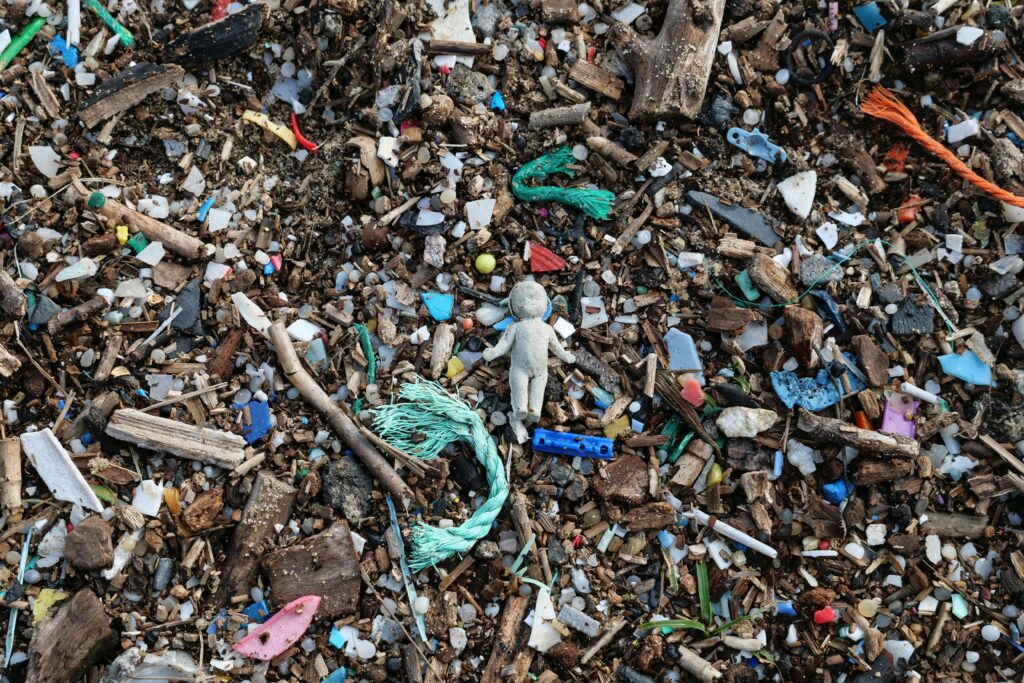The world’s oceans, once considered vast and impervious to human influence, are now facing an insidious threat that remains largely unseen: microplastics. These tiny particles, measuring less than five millimeters in diameter, have infiltrated marine environments, posing severe risks to ecological balance, marine life, and ultimately human health. Despite their minuscule size, the impact of microplastics is far-reaching and profound, underscoring the urgent need for comprehensive strategies to address this pervasive issue.
Microplastics originate from a variety of sources. Primary microplastics are manufactured at a small size, such as microbeads in personal care products, synthetic fibers from clothing, and plastic pellets used in industrial processes. Secondary microplastics, on the other hand, result from the degradation of larger plastic items like bottles, bags, and packaging materials, which break down into smaller particles due to environmental exposure. These particles are so small that they evade conventional waste management systems and are easily carried by wind and water into the oceans.
Once in the marine environment, microplastics are nearly impossible to remove. They are consumed by marine organisms ranging from plankton to whales. This ingestion can cause physical harm, such as internal abrasions and blockages, and can disrupt feeding and digestive processes. The impact extends up the food chain as these particles accumulate in the bodies of predators. For instance, fish that consume microplastics may become less healthy, reducing their ability to reproduce and increasing their susceptibility to diseases.
The ecological consequences of microplastic pollution are significant. Marine ecosystems are intricately balanced, and the introduction of microplastics can disrupt this balance. Coral reefs, crucial for marine biodiversity, are particularly vulnerable. Microplastics can smother coral polyps and interfere with their ability to photosynthesize, leading to coral bleaching and death. Similarly, sea birds, which ingest microplastics mistaking them for food, can suffer from starvation and internal injuries, leading to population declines.
The broader implications of microplastic pollution extend to human health. Studies have detected microplastics in seafood, raising concerns about the potential for these particles to enter the human food chain. Although research is ongoing, there is evidence suggesting that microplastics can carry harmful chemicals and pathogens, which may pose health risks if ingested. The presence of microplastics in drinking water further exacerbates these concerns, highlighting the need for improved water filtration and safety measures.
Addressing the issue of microplastic pollution requires a multifaceted approach. First and foremost, reducing plastic use is critical. Efforts to ban microbeads in personal care products and encourage the use of biodegradable materials can help prevent primary microplastics from entering the environment. Additionally, improving waste management practices and recycling systems can reduce the quantity of plastic waste that breaks down into microplastics.
Public awareness and education play a vital role in combating microplastic pollution. Campaigns to inform the public about the sources and impacts of microplastics can drive behavioral changes, such as reducing plastic use and supporting policies aimed at mitigating plastic pollution. Businesses and industries also have a role to play by adopting sustainable practices and minimizing plastic use in packaging and production processes.
Innovation in research and technology can provide solutions to detect, capture, and remove microplastics from the environment. Advances in filtration systems, such as those used in wastewater treatment plants, can help capture microplastics before they enter the ocean. Furthermore, new materials and technologies that degrade more quickly than conventional plastics can reduce the long-term accumulation of microplastics.
In conclusion, microplastics represent an invisible but pervasive threat to our oceans and marine life. Their presence in the marine environment underscores the broader issue of plastic pollution and its impact on ecosystems and human health. Addressing this challenge requires concerted efforts from individuals, industries, and governments to reduce plastic use, improve waste management, and support innovative solutions. By tackling microplastic pollution head-on, we can work towards healthier oceans and a more sustainable future for all.










